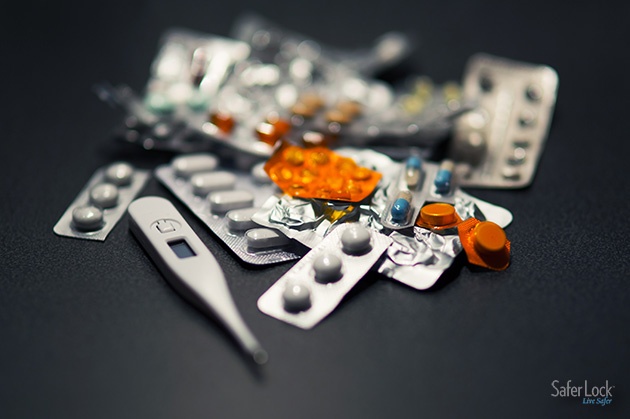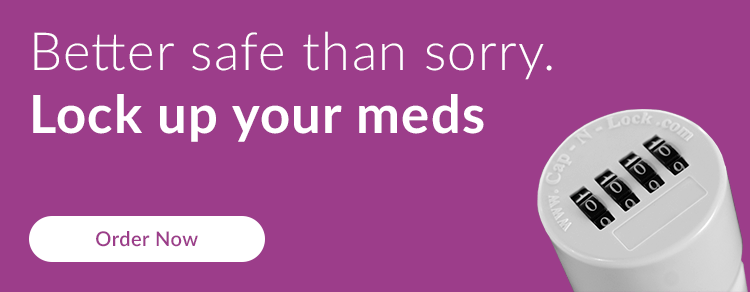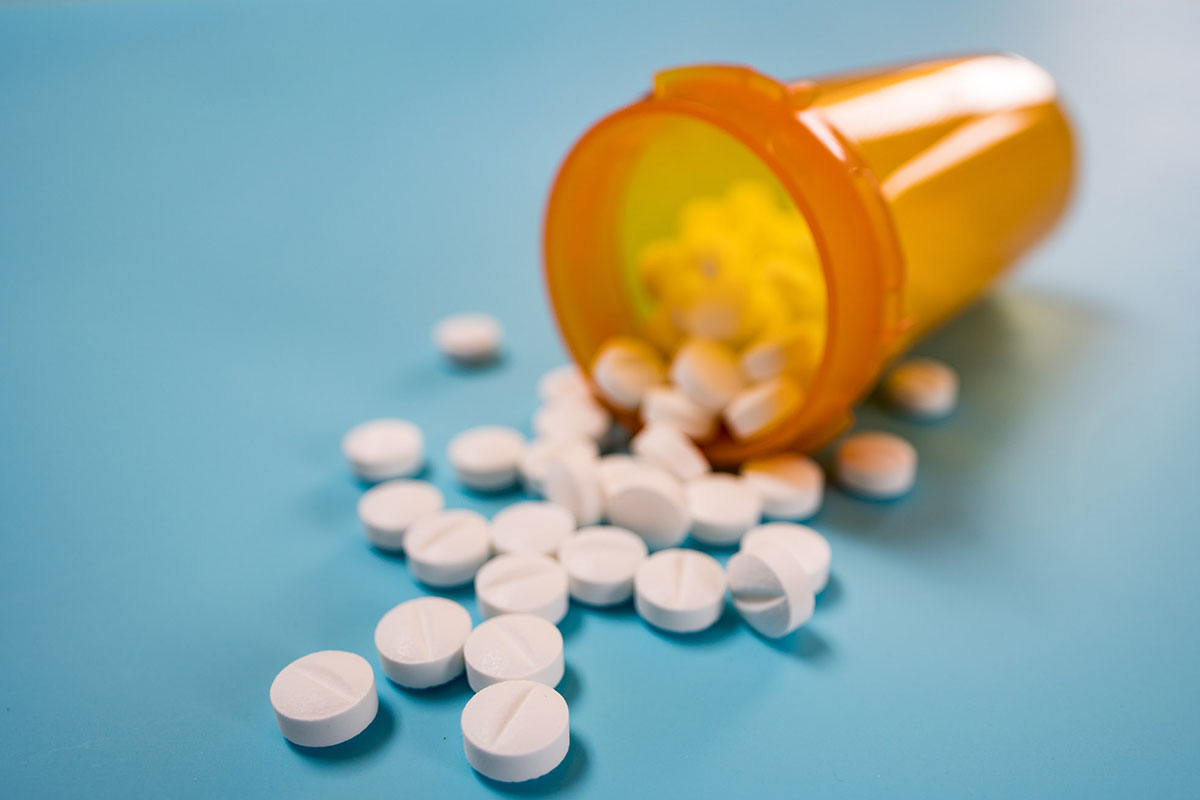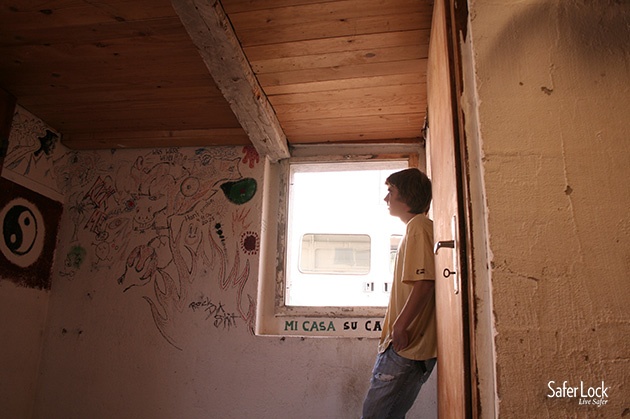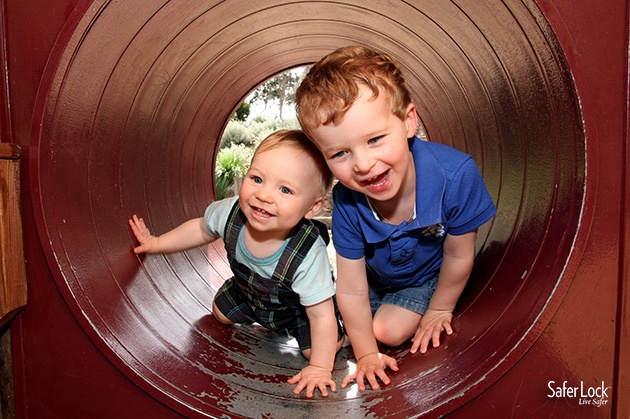What kind of medications do you have in your home? According to the American College of Preventive Medicine (ACPM), the most commonly used over-the-counter medications in US homes are allergy, cough, and cold remedies, followed by pain relief remedies. The prescription drugs most likely to be found in your medicine cabinet are narcotic pain medications, cholesterol lowering statin drugs, blood pressure medication, and thyroid hormones. All of these medications are being purchased at drugstores and picked up from pharmacies, then making their way to homes across America.
Some people don’t give medicine storage a second thought, while others have a thoughtful plan for where their pills do and don’t go. How are you storing your medications?
Has Anyone Seen My Pills?
You think you left them on the counter. But maybe they are in your purse. Did you leave them in the car? Wait, they may be on the bedside table…
I Have A System!
There is a plastic baggie full of a multitude of pills that goes everywhere with you. You take two blues and one yellow with breakfast, and one pink before bed. Except on Tuesdays and Thursdays, when you take two blues, one yellow, and one beige with breakfast. You also take a multivitamin everyday, that’s the red one, so those go into the baggy as well.
The Bathroom Medicine Cabinet, Of Course.
Your bathroom has a row of bottles on the top shelf of the medicine cabinet. There is a small bottle of over-the-counter NSAIDs for occasional aches and pains, a bottle of “the pink stuff” for the occasional upset stomach, and the bottle of prescription pain meds that you got after a small surgery six months ago and haven’t touched since.
It’s In The Bucket!
You know “the Bucket.” Chances are it’s within reach in the kitchen pantry or in a cupboard. The entire family’s pills are in one easily accessible location. Actually, “the bucket” contains so much more. Bandages. Holistic honey-based cough syrup. Vitamins. Herbal supplements. OTC cough and cold remedies. Allergy pills. OTC pain relievers. A prescription pain reliever. Cough drops. Throat spray. Antacids. A prescription for anti-anxiety meds. And a Lego. (How did that get in there?)
Up, Away, and Locked.
You have teens that come and go through your home on the regular. Two of your own, plus all of their friends, and a teenage nephew. You know the statistics on teenage prescription drug abuse, and you want to help the teens in your life to make good decisions. You keep all OTC and prescription drugs in a locked box in the kitchen.
In addition, you have outfitted the prescription bottles with a combination locking pill bottle cap. Only you and your husband know the combination, so there is no way for anyone else to get the bottle open without you knowing it. (So far, you have seen no evidence of anyone taking a chainsaw to the bottle, so you think you are fine.)
By using locking medicine storage, you know that you are doing your part to help prevent teenage prescription drug exploration and addiction.
The way you store your medicine has an impact on the lives of those around you. If you have teens or small children in your life, locking medicine storage just might save their lives. Medications are a part of life for most of us. Take a moment to consider where you are putting your pills. One small change could make a big difference.
